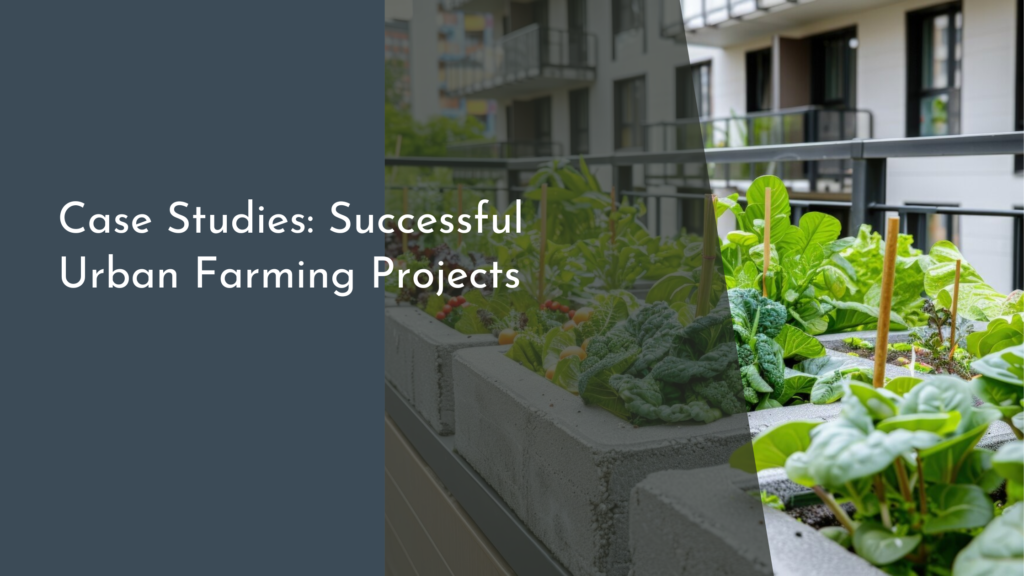The Role of Technology in Eco-Friendly Home Design
The Role of Technology in Eco-Friendly Home Design
In recent years, the demand for eco-friendly home designs has surged as more individuals recognize the importance of sustainability in their daily lives. Technology plays a pivotal role in revolutionizing how we construct and maintain our homes, ensuring that they are not only comfortable and efficient but also kind to the environment. This article explores the various ways in which technology contributes to eco-friendly home design, from energy efficiency and sustainable materials to water conservation.
Integrating Smart Systems for Energy Efficiency
Incorporating smart systems into home design significantly enhances energy efficiency, which is a cornerstone of eco-friendly living. Smart thermostats, for instance, learn homeowners’ habits and adjust heating and cooling systems accordingly, reducing unnecessary energy consumption. These devices can be controlled remotely via smartphone apps, allowing users to optimize energy use even when they are not at home. Moreover, integrating smart lighting systems that automatically adjust based on natural light availability can further minimize energy wastage.
Beyond individual devices, whole-home automation systems offer comprehensive energy management solutions. These systems integrate various smart devices, allowing users to monitor and control energy consumption from a centralized platform. By analyzing energy usage patterns, homeowners can make informed decisions to reduce their carbon footprint. Smart grids also contribute by efficiently distributing renewable energy sources like solar or wind power, ensuring that homes utilize clean energy as much as possible.
Sustainable Materials: Tech Innovations in Design
Technology has led to the development of innovative sustainable materials that are transforming home construction. For instance, advanced insulation materials made from recycled products or natural fibers enhance energy efficiency by reducing the need for heating and cooling. These materials not only lower energy bills but also contribute to a healthier indoor environment by minimizing the use of chemical-based insulation.
Moreover, 3D printing technology is revolutionizing the use of sustainable materials in construction. This technology enables the creation of complex structures using biodegradable or recycled materials, significantly reducing waste. By using 3D-printed components, builders can ensure precision and efficiency, leading to less material waste and faster construction times. Such innovations allow for the customization of eco-friendly homes, making sustainable living more accessible and appealing.
Water Conservation: Tech-Driven Solutions at Home
Water conservation is another critical aspect of eco-friendly home design, and technology offers several solutions to address this challenge. Smart irrigation systems, for example, use sensors and weather data to optimize watering schedules, reducing water usage while ensuring that plants receive adequate hydration. These systems prevent over-watering and water waste, making them an excellent investment for homeowners with gardens or lawns.
Inside the home, smart water meters and leak detection systems help monitor water usage and identify leaks early, saving both water and money. Advanced plumbing fixtures, such as low-flow toilets and showerheads, are designed to reduce water consumption without compromising performance. These tech-driven solutions not only conserve water but also contribute to lowering utility bills, providing an incentive for homeowners to adopt sustainable practices.
Embracing technological advancements in eco-friendly home design is essential for creating a sustainable future. As we integrate smart systems, utilize innovative materials, and adopt efficient water conservation solutions, we make strides toward reducing our environmental impact. By investing in these technologies, homeowners can enjoy the dual benefits of cost savings and a healthier planet. Ultimately, the fusion of technology and sustainability is not just a trend but a necessary step towards a greener, more sustainable future for all.

